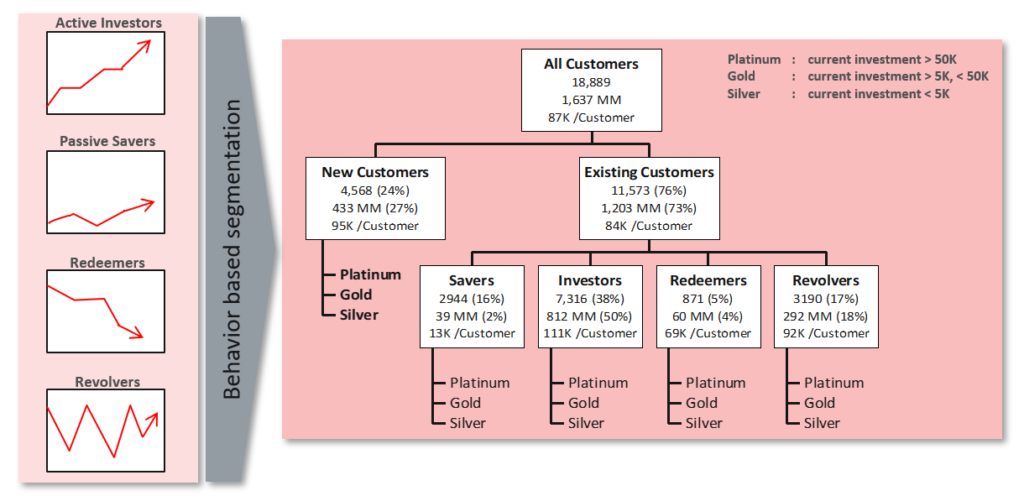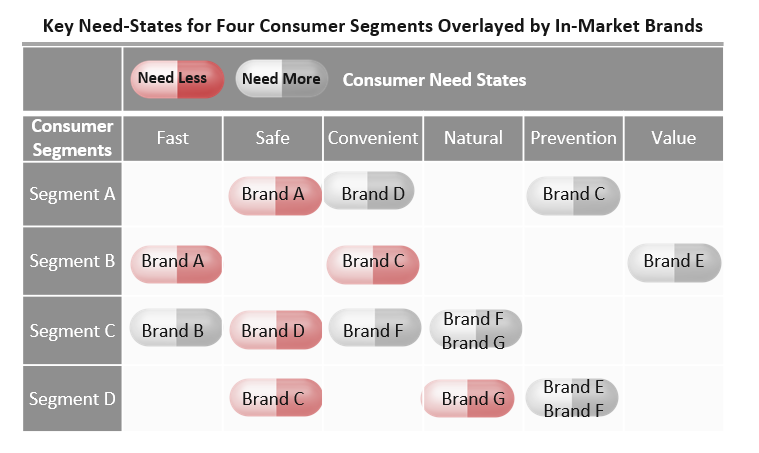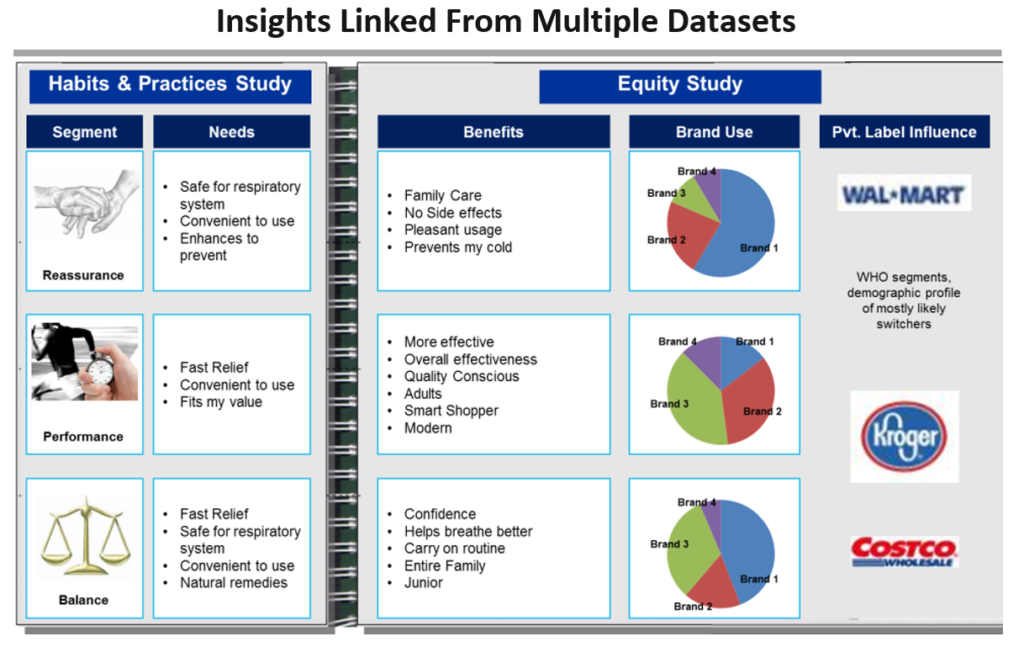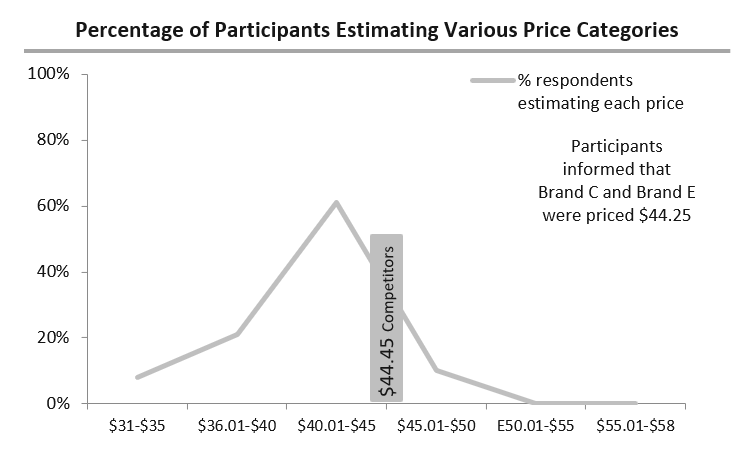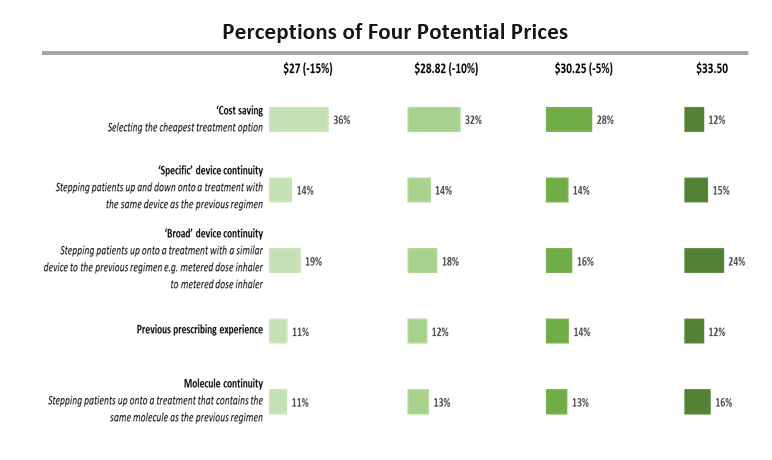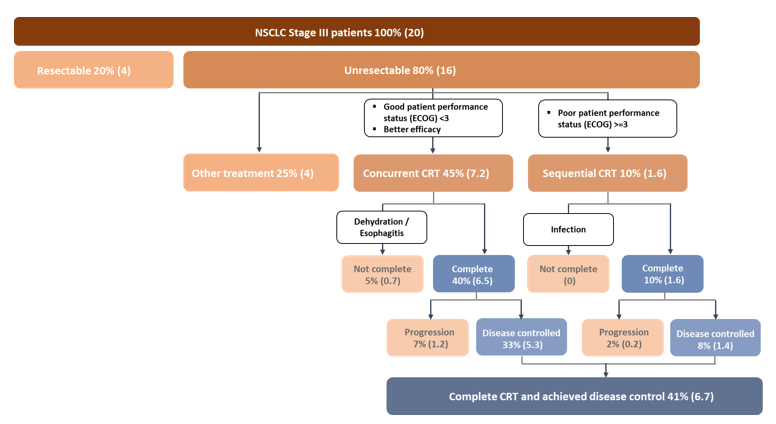
What is a persona?
 Simply put, personas are short, simple descriptions of a group of targeted people but written as if they were describing one single person. The best personas are grounded in quantitative and qualitative research and summarize the demographics, psychographics, motivations, needs, and goals of those people. You might also see them referred to as Buyer Personas, Customer Personals, Patient Personas, User Personas, or something similar.
Simply put, personas are short, simple descriptions of a group of targeted people but written as if they were describing one single person. The best personas are grounded in quantitative and qualitative research and summarize the demographics, psychographics, motivations, needs, and goals of those people. You might also see them referred to as Buyer Personas, Customer Personals, Patient Personas, User Personas, or something similar.
Personas are a fantastic way to ensure that a business puts the customer at the center of everything they do, whether it’s product development, packaging, messaging, or customer service. As we all know, the most successful companies focus not on their own desires, but rather on ensuring their customers’ needs and desires are met. Building personas is a great way to get there.
.
.
.
How do marketers and researchers use personas?
Personas are particularly useful when combined with segmentation and journey mapping research. After conducting segmentation research, you’ll have a list of very specific details and statistics about each of the various groups of consumers who are, or may become, relevant to your brand. You will also be able to identify which segments are valuable enough to pursue and therefore would benefit from having a persona. And, after personas have been built, you can use them to map the journey each persona would take as they progress on their path to learning about your category, your brand, and finally choosing a product to purchase.
There are many ways to use personas, but here are seven of the more common use cases for marketers and researchers.
Understand your customers: Fundamentally, personas help you understand who your customers are. On just one page, they provide a clear description of the key traits, needs, and desires of each important customer segment, and what makes each of them distinct and valuable.
Shared understanding of the target audience: Particularly in larger companies where people and departments are often siloed, personas help ensure that everyone has access to the same understanding of who they’re trying to serve. A single reference point means that messaging for each persona is consistent regardless of whether it’s used on packaging, in a campaign, or on the website.
Fact-based decision making: Whether you’re in marketing, product development, or executive leadership, it’s really easy to generate ideas and run with them. But for decisions to lead to business success, they need to be grounded in fact not unconsciously biased, personal perceptions. With your idea in hand, confirm that it matches up with the personas that have been carefully built to support your work.
Tailor campaigns and messaging: There is an infinite number of messages you could share about your products and brands but which one is the right one? As you brainstorm potential messages, regularly refer to the appropriate persona to ensure your messaging is relevant, and therefore heard and attended to.
Target high yield channels: Sure, you can drop some funny or educational videos on TikTok or buy a Facebook ad. But if your best customers don’t like either of those channels, you’ve just wasted a lot of money. Using personas will help you make sure you spend your marketing dollars on the channels your targeted persona prefers to use.
Prioritize product development: What do you do when you’ve got 5 great products on the go but only enough people and budget to work on two? You review your personas to identify which products would be most desirable to your high value or underserved personas.
Tailor new product development: Is your product development team ready to work on a brand new product? It’s time to get out the personas. Which persona has the greatest needs or product gaps? Brainstorm ideas with that specific persona in mind.
..
.
How many personas do you need?
 Depending on the size and complexity of your business, you might need 1 or 2 personas or 15 to 20 personas.
Depending on the size and complexity of your business, you might need 1 or 2 personas or 15 to 20 personas.
If you’re just beginning the process, start with 1 or 2 or your most important segments. You can work on more later as you better understand what you need from your personas and how you will use them.
Here are examples of three (excessively brief) personas that might be useful for a small, online company that makes cosmetics. Daisy and Chris could be the most important personas to concentrate on in the early years because they will form the core customers of the business. Then, over time, as the company grows into having a retail outlet, they might need to add another persona to incorporate occasional high spenders.
.
.
Tips for building an effective persona
As you build out your personas, remember a few key tips.
- The goal isn’t to include every precise detail about every research participant. Focus on shared commonalities and broad generalizations.
- Similarly, notice what makes each segment or persona different and ensure those differences are clear in the details.
- Even though personas are a generalized idea of a group of people, they aren’t stereotypes. Personas are based on data collected using scientific methods, not personal perceptions and opinions. If you find that a persona incorporates stereotypes, refer back to your research method and your data, and ensure that you’re not incorporating your own personal biases.
- Personas should be concise and clear. Sure, you could probably write a long essay with the information gathered from a segmentation study. However, the goal is to get a quick feel for each persona. When you’re just starting out, try to keep persona biographies under 200 words, particularly if you are working with many personas.
- Finally, if your personas don’t relate to a specific age, gender, ethnicity, disability, or sexuality, be sure to reflect a wide range of people across all of the personas.
.
.
Components of an effective persona
When you’re ready to build each person, make sure to consider each of these four key parts. None of them are as simple as they may seem!
- Headshot: As the person designing the personas, you need to make sure everyone who uses them remembers that they reflect real people. This is why you want headshots of real people rather than clip art drawings or illustrations. Further if there are no appearance differences among the personas, don’t be led down the erroneous path where they all end up looking like you ethnically and demographically. There are plenty of stock art websites that include people of all genders, ages, ethnicities, disabilities, sexualities, and personal styles (e.g., Pexels, Pixabay, AffectTheVerb, Jopwell, Nappy).
- Humanistic name: Come up with a meaningful name, not a gamey name like “Susy Shopper” or “Mohammed the Hoarder.” Your customers are real people, not jokes. 1) Think about the age of the persona and then search out a list of names from that decade. 2) Think about the gender of the persona. If the persona isn’t gender specific, choose a name that isn’t stereotypically associated with a specific gender (e.g., Chris, Noor, Alex, Blair, Nehal, Robin). 3) Think about names that have some kind of relation to the persona. For instance, “Heather” works well for a woman who is environmentally conscious whereas “Dusty” works well for a carefree, disorganized person. As before, avoid choosing names from a single ethnicity unless that is truly representative of all the personas.
- Biography: You’ve probably got a hundred bullet point details from the segmentation research. Now it’s time to weave those details into an interesting, short story about the person. Keep it short, simple, and interesting. You’re supposed to be writing about a real person so make the bio come alive. Don’t try to include every detail in the summary. Build a picture in your mind based on those details and describe the person as eloquently as you can.
- Quotes: As a bonus, you may wish to write a quote that reflects each persona. Think about whether that persona would use incomplete or full sentences, simple or complex words (e.g., “buy” or “purchase”), new or old slang (e.g., “spill the tea” or “chew the fat”), or casual vs extreme profanity (e.g., dang or f***).
Finally, what kinds of details belong in the biography? This depends on the type of product and target audience you’re working with. If you’re building a persona for a consumer product, you’ll want to pay more attention to personal demographics and psychographics. On the other hand, if you’re building a B2B profile, you’ll need to focus more on professional details. Here is a good list of starting details.
.
.
| Demographics |
Psychographics |
Profession |
Category |
| Age, gender, income, education, marital status, household size, children, religion, where they live |
|
|
|
.
After all your hard work, it’s time to present your findings in a creative, visual display such as what you see in this simple yet detailed example. If you want to see the full spectrum of possibilities, do a quick image search for “customer personas.” You’re sure to find inspiration for your own designs!
.

What’s Next?
Now that you’ve seen first-hand how helpful a user or customer persona can be, it’s time to build some customized personas of your own! If you haven’t already done so, start with a segmentation study to identify each of your customer segments and the details that will go into the personas. If you’d like some help along the way, email your project specifications to our research experts using Projects at E2Eresearch dot com. Let’s turn your enigmas into enlightenment!
.
Podcasts You Might Like
- Navigating the Customer Experience with Yanique Grant
- The Intuitive Customer with Colin Shaw
- Crack the Customer Code with Jeannie Walters and Adam Toporek
- The Chief Customer Officer Human Duct Tape Show with Jeanne Bliss
.
Learn more from our case studies
- Consumer Perceptions Towards Online Ordering – A retail survey + desk research case study
- Identifying Target Audiences of Two New Tea Variants – An IHUT + JAR analysis case study
- Increasing Enrollment Through A More Meaningful Brand Purpose – An education survey case study

 Well, we know that people don’t care about everything. They care about things that are particularly relevant to their situation – their demographics, their psychographics, their hobbies, their political views, their geographical location.
Well, we know that people don’t care about everything. They care about things that are particularly relevant to their situation – their demographics, their psychographics, their hobbies, their political views, their geographical location. There are many benefits of a market segmentation but what follows are a few key benefits. Segmentation allows you to:
There are many benefits of a market segmentation but what follows are a few key benefits. Segmentation allows you to: Consumers, customers, companies, and markets can be described in many different ways. However, without these four characteristics, a segmentation strategy is sure to fail. As you build your model, make sure it incorporates each of these four requirements.
Consumers, customers, companies, and markets can be described in many different ways. However, without these four characteristics, a segmentation strategy is sure to fail. As you build your model, make sure it incorporates each of these four requirements. Common variables: Age, gender, ethnicity, education, income, occupation, family size,
Common variables: Age, gender, ethnicity, education, income, occupation, family size,  Common variables: Region, country, state, city, neighborhood, zip.
Common variables: Region, country, state, city, neighborhood, zip.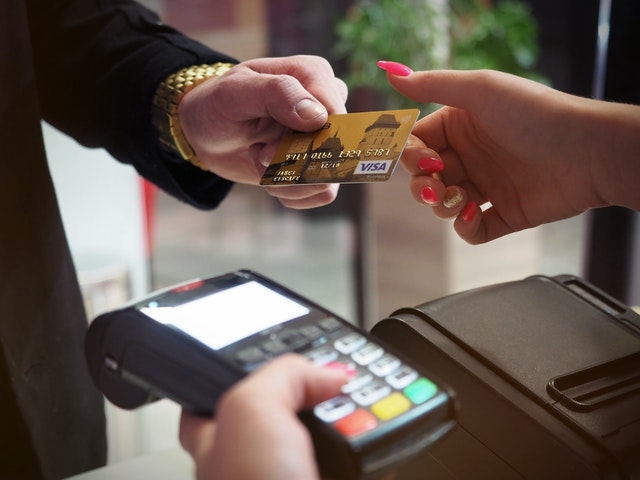 Common variables: Product use or frequency, purchase behaviors, coupon use, retailer visits, lifestyle behaviors, hobbies.
Common variables: Product use or frequency, purchase behaviors, coupon use, retailer visits, lifestyle behaviors, hobbies. Psychographic Variables
Psychographic Variables Business Variables
Business Variables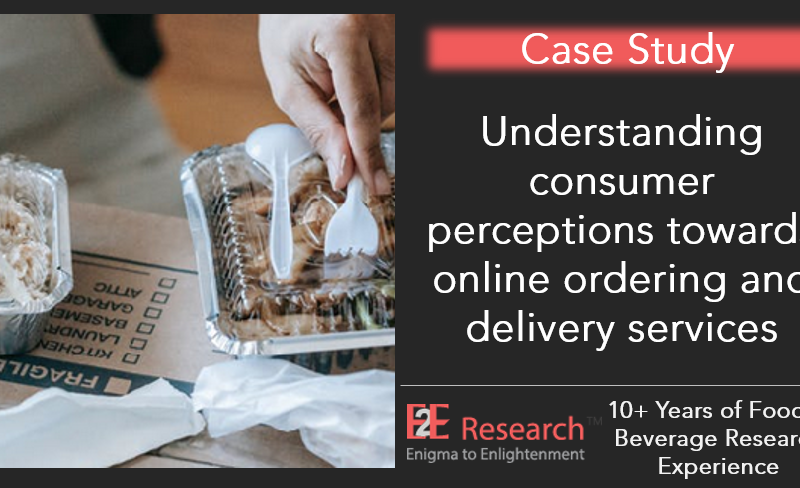
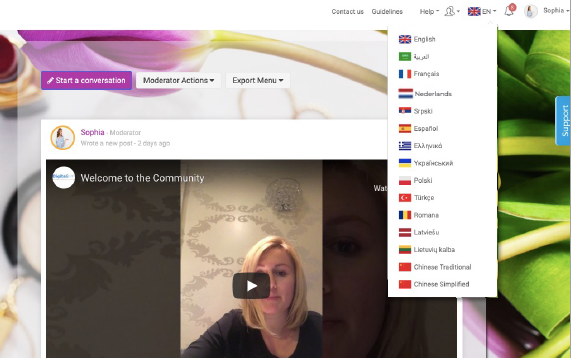
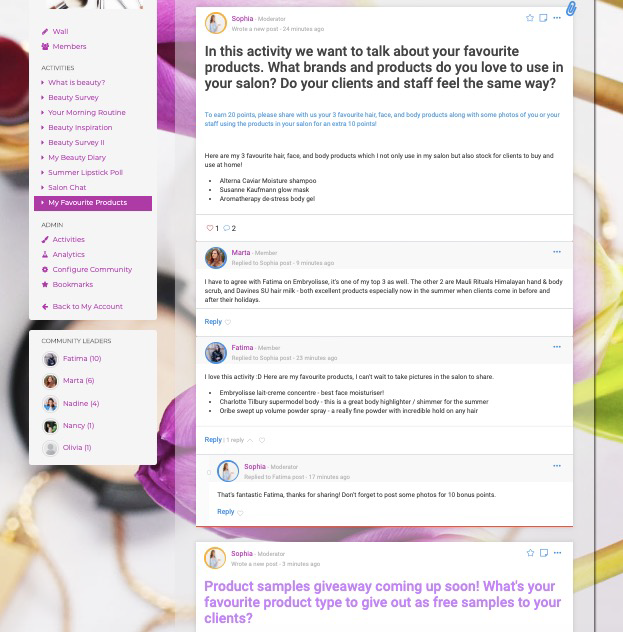


 A lot of market research starts by truly understanding a specific audience. Who are they – what are their hobbies, where do they live, where do they work, what does their family look like? It’s really easy to calculate a median age and the percentage of customers who are female but the last few years have taught us a lot about intersectionality – it’s not just “women,” it’s “disabled Black women.” In the research world, we understand this as customer segments or personas.
A lot of market research starts by truly understanding a specific audience. Who are they – what are their hobbies, where do they live, where do they work, what does their family look like? It’s really easy to calculate a median age and the percentage of customers who are female but the last few years have taught us a lot about intersectionality – it’s not just “women,” it’s “disabled Black women.” In the research world, we understand this as customer segments or personas. If you’ve written a questionnaire before, you know how important this tip is. Sure, you could write a questionnaire as if you were Charles Dickens showing off his stunning, grammatically correct 200-word sentences with multiple, embedded clauses.
If you’ve written a questionnaire before, you know how important this tip is. Sure, you could write a questionnaire as if you were Charles Dickens showing off his stunning, grammatically correct 200-word sentences with multiple, embedded clauses. How do you get colleagues to share your research? Easy! Well, it’s not that easy. Storytelling is a necessary skill that will carry your research results throughout the company. Let people know what is exciting about the insights, how they could be used to reach consumers in unexpected ways, how they could personally benefit from understanding the results.
How do you get colleagues to share your research? Easy! Well, it’s not that easy. Storytelling is a necessary skill that will carry your research results throughout the company. Let people know what is exciting about the insights, how they could be used to reach consumers in unexpected ways, how they could personally benefit from understanding the results. You could build and execute a 5-year research plan.
You could build and execute a 5-year research plan.
